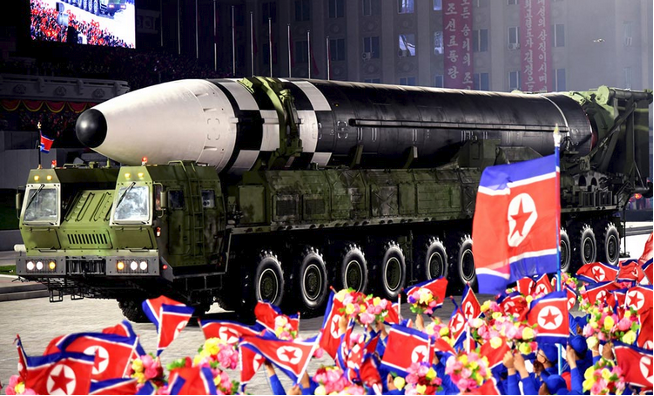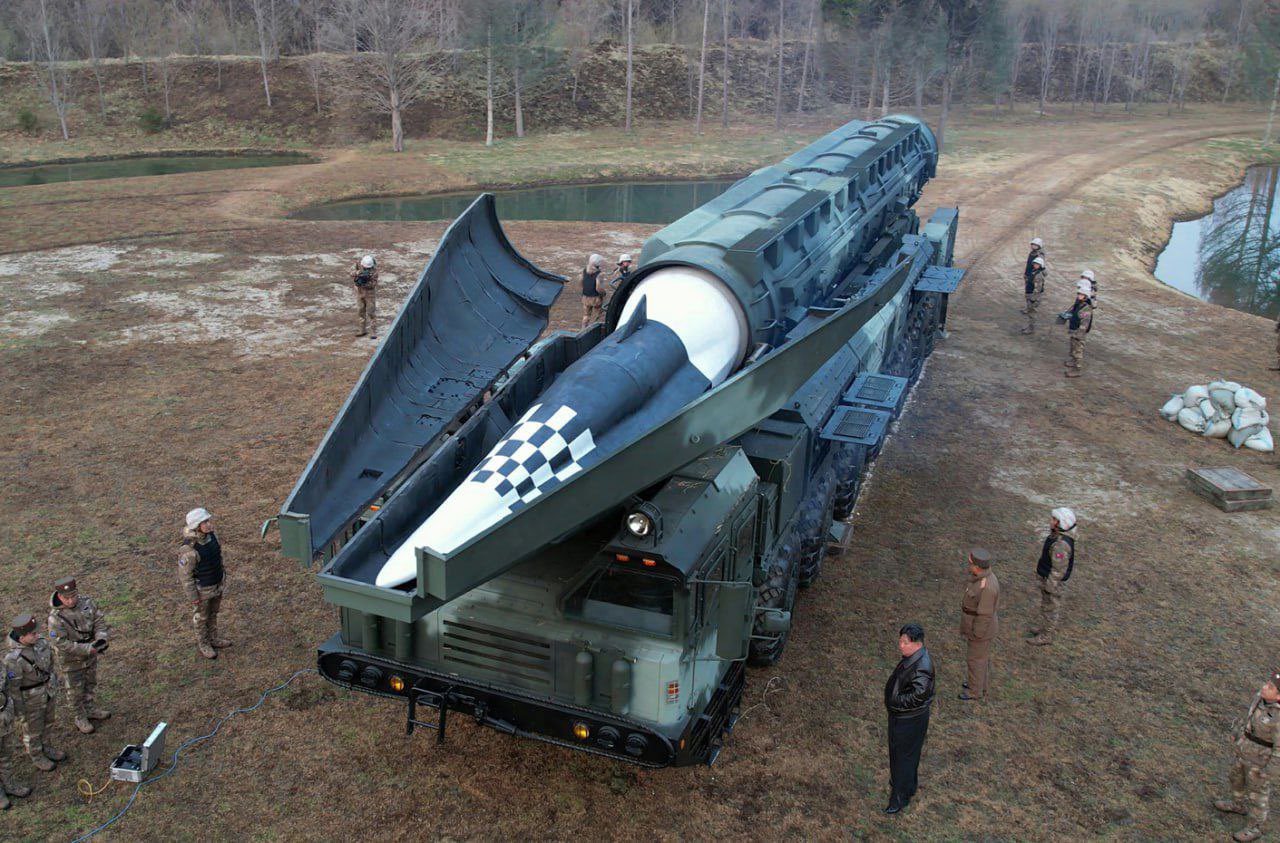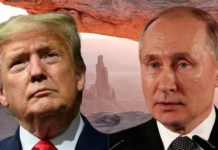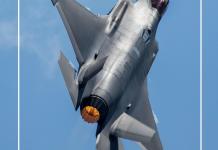The Democratic People’s Republic of Korea (North Korea) announced on June 27 that it had tested a multi-warhead missile. If the claims are true, it could pose a massive threat to South Korea, Japan, and the United States.
In what appears to be an attempt to circumvent missile defenses in South Korea and the continental United States, North Korea’s leader, Kim Jong Un, has long desired a multi-warhead missile.
The recent test announcement countered South Korea’s assessment of an unsuccessful attempt to launch a different kind of weapon the previous day.
“The DPRK Missile Administration successfully conducted the separation and guidance control test of individual mobile warheads on 26 June,” reported North Korean state media, KCNA. It added that the test was of “great significance in attaining the goal of rapidly developing missile technologies.”
The KCNA asserted the test’s objective was to “secure MIRV capability” (the technology known as multiple independently targeted re-entry vehicles), which permits the delivery of several warheads to various targets. The statement said that the decoy that detached from the missile was confirmed by radar, and the separated mobile warheads “were guided correctly to the three coordinate targets.”
According to reports, the North Korean Missile Administration used a modified Hwasong-16 (an intermediate-range ballistic missile or IRBM) booster to carry out a shortened-range test to validate the release of independent warheads. This was North Korea’s first launch event connected to the development of a multi-warhead missile. However, international observers think it was a preliminary test.
The KCNA also quoted the country’s Missile Administration as saying that weapon testing had reached a full-scale phase to strengthen North Korea’s missile capabilities and improve missile technologies. The test was significant as the country has long pursued the MIRV (Multiple Independently Targetable Re-entry Vehicle) capability.
North Korean leader Kim Jong Un listed a multi-warhead missile on his wish list during a ruling party conference in early 2021. Other items on the list included hypersonic weapons, spy satellites, solid-fuel intercontinental ballistic missiles, and submarine-launched nuclear missiles. These items are currently believed to be in various stages of development, and several tests have been carried out.
The development is significant now more than ever as North Korea has raised the stakes by sending waste-filled balloons to the South Korean side of the 39th parallel. Moreover, it has also sent out multiple warnings against the growing cooperation between South Korea and the United States, lambasting it as provocation and pledging retaliation.
It recently hosted Russian President Vladimir Putin and revived a Cold War-era type of defense cooperation with Moscow. Reports suggesting North Korea, considered a rogue by its critics and adversaries, was ready to send its troops to fight in Ukraine have appeared.

Against that backdrop and tension skyrocketing in the Korean Peninsula, the MIRV test has gained tremendous importance. With the development of the MIRV, North Korea will enter the most exclusive, technologically intensive, and operationally incomparable field of launching multiple warheads in a single launch. While this poses a threat to its adversaries, that danger will be ginormous if the warheads are nuclear.
Despite international sanctions, North Korea is believed to have assembled at least 40-50 nuclear warheads. Last November, North Korean leader Kim Jong Un demanded that his nation produce nuclear weapons at an exponential rate and join a coalition of countries that are fighting the United States in the “New Cold War.”
The North Korean test comes just months after India conducted its MIRV test and entered this exclusive club. It was a move that rattled its adversarial nuclear neighbors: Pakistan and China. In contrast, South Korea does not possess nuclear weapons, and that makes the threat much worse for the country.
MIRV Capability Will Make North Korea Dangerous
MIRVs can penetrate ballistic missile defenses by overwhelming the defense systems of adversaries trying to intercept multiple warheads.
A MIRV-ed missile is designed to carry multiple warheads, which enable it to strike numerous targets simultaneously or attack one target with multiple warheads. Such an arrangement would also make MIRVs harder to intercept with anti-missile technology.

MIRV is a sophisticated technology that needs big missiles, compact warheads, precise navigation, and a system to fire warheads one after the other while in flight — all of which are very advanced technologies. Some critics in the United States believe that North Korea may be receiving assistance for this from Russia, especially as Pyongyang has been sending huge consignments of munitions to Moscow.
However, at a time when countries around the world are preaching nuclear non-proliferation and sizing down nukes, the development of a technology that allows the firing of multiple nuclear warheads has been criticized by scientists.
When India conducted the MIRV test in March, Hans Kristensen, Director of the Nuclear Information Project, Federation of American Scientists, expressed his disappointment, saying: “US/Russian decision to walk away from START II MIRV ban is looking less wise as more countries try to get MIRV.”
At that time, Kristensen said, “If either country believed that India could potentially conduct a decapitating or significant first strike against Pakistan, a serious crisis could potentially go nuclear with little warning. Indian missiles with MIRVs would become more important targets for an adversary to destroy before they could be launched to reduce the damage India could inflict. Additionally, India’s MIRVs might prompt Indian decision-makers to try and pre-emptively disarm Pakistan in a crisis.”
The same may also apply to North Korea. It does not help that the country’s leadership has issued several nuclear warnings to its adversaries.
Washington-based think tank Wilson Center said: “If developed, MIRVs would rapidly degrade the US’ ability to defend against a North Korean nuclear strike on the US homeland.”
- Contact the author at sakshi.tiwari9555 (at) gmail.com
- Follow EurAsian Times on Google News




